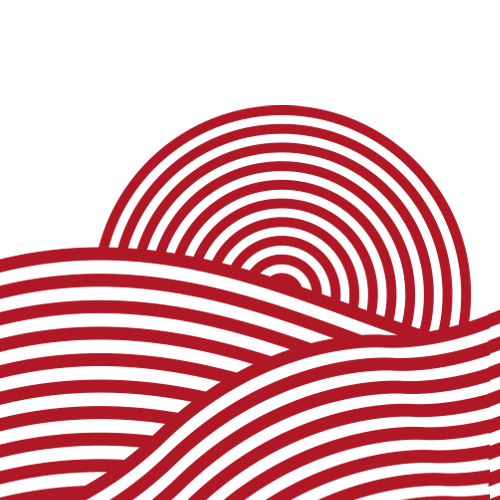- 10th century
- 13th century
- 16th century
- 17th century
- 1927
- 1936
- 1937
- 1938
- 1946
- 1950
- 15 november 1951
- 1953
- 11 july 1955
- 1985
- 1988
- 2009
- 2010
- 15 june 2017
- 17 april 2018
-

10th century
Near Villié-Morgon, Beraud, the first Lord of Beaujeu and his wife Vandelmode are said to have donated a plot of vines. Unfortunately, for almost 450 years, the Lords of Beaujeu, incessantly in conflict with their neighbours, were incapable of creating the atmosphere of peace and quiet that vines require for growing.
-

13th century
The seigneury of Beaujeu left its mark on the history of France, giving the name Beaujolais to the vineyards located north of Lyon, the historical capital of this winegrowing area.
-

16th century
Wine production was still minimal compared to other agricultural produce and its consumption continued to be purely local.
-

17th century
Winegrowing developed. This period marked the boom in the region’s vineyards. The proximity of the Saône and Rhône rivers promoted urban growth and the winemaking business took off, turning to Lyon for its market. Beaujolais became the leading supplier of Lyon’s famous ‘bouchons’ and taverns. Served in ‘pots’, wine took centre stage on every table.
-

1927
The first Beaujolais wine cooperative opened its doors in Beaujolais: the ‘Cave des Producteurs des Grands Vins de Fleurie’.
-

1936
Creation of AOCs: Chiroubles, Chénas, Fleurie, Morgon and Moulin-à-Vent.
-

1937
Creation of AOC Beaujolais.
-

1938
Creation of AOCs: Brouilly, Côte de Brouilly and Juliénas.
-

1946
Creation of AOC Saint-Amour.
-

1950
Creation of AOC Beaujolais Villages.
-

15 november 1951
This was the year Beaujolais Nouveau wines were first commercialised.
-

1953
The first wine cellar devoted to tasting and selling Beaujolais wines opened in Morgon. Located in the Château de Foncrenne cellars, the avant-garde idea made the venue a showcase for the entire appellation.
-

11 july 1955
The Beaujolais Wine Route was inaugurated.
-

1985
To simplify the distribution and sale of the 500,000 hectolitres of Beaujolais Nouveau produced each year, a decree set the third Thursday of November as their release date.
-

1988
Creation of AOC Régnié.
-

2009
The charter “Beaujolais, one land, many wines, a warm welcome” was introduced to certify all the wine tasting cellars open for the sale of wine. A survey to characterise the Beaujolais terroirs was undertaken throughout the region.
-

2010
The Beaujolais Wine Routes were revamped to reflect the structure of the vineyards.
-

15 june 2017
The survey aimed at characterising the Beaujolais terroirs was conducted over an 8-year period: the first ‘auger sample’ was taken on October 19, 2009 and the last on June 15, 2017. Some 32,073 potentially plant-able hectares were sampled and analysed (40,687 polygons drawn on maps). Hundreds of maps, reports and summaries are now available, providing very in-depth knowledge on the ‘soil’ component of the Beaujolais terroir.
-

17 april 2018
UNESCO officially certified the Beaujolais region with the “UNESCO Global Geopark” label. Although the region is above all famous worldwide for the quality of its wines, from now on it will be famous for its rich, complex and exceptional geological heritage as well. Not only does the label recognise the remarkable character of the Beaujolais geology but it also takes into account the territory’s plan focused on conserving and enhancing its geological heritage (landscapes, biodiversity, architecture, etc.).